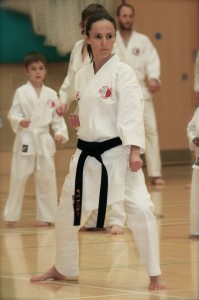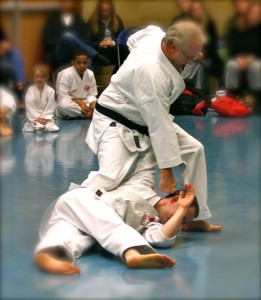By Kim Mandy
 Yes it is nearly that time of year again and we need to start thinking about where we want to be with our training and what we want to achieve over the coming year!
Yes it is nearly that time of year again and we need to start thinking about where we want to be with our training and what we want to achieve over the coming year!
Setting goals is very similar to your “New Year’s Resolutions” which most of us never achieve or stick to throughout the year. By knowing what you want to achieve, you know where you have to concentrate your efforts. You will also quickly find out what distractions would lure you from your course.
Properly set goals can be very motivating. Goals give you long-term vision and short-term motivation. They can help you focus on your training to attain the goals you want to achieve and make the most of your training, giving you the satisfaction of knowing you have achieved what you set out to achieve in the year or the time scale for the particular goal. By setting goals you also help to increase your confidence as you improve your abilities in each area. By setting sharp, clearly defined targets you can measure and take pride in your achievement.
When setting your goals, think of where you want to be in your training by the end of the year. Once you have done this, you need to break down the final goal into smaller time scales as to know how you can achieve it.
E.g. What belt do you want to be by the end of the year? Look at the reality of this and what needs to be achieved i.e. Time scales between gradings. This may mean increasing your weekly training sessions, attending seminars or taking private lessons. When determining what your end of year achievement will be or what you would like it to be you will have to think about what you need to work on during the year or specific time period to achieve the associated level.
Once you have decided your long-term goal, keep reviewing and updating your short-term goals in order to attain your final goal. Once you have attained a specific goal, ensure this is kept up and proceed to the next one.
When setting goals, be realistic in what you are able to do. Set a time scale and stick to it! Make sure you prioritise your goals to ensure you are paying attention to and working on achieving the most important ones. Set realistic goals – goals that you know you can personally achieve with the right time and dedication. Write your goals down to make them “real”. Keep low-level, easy attainable goals small and achievable. If a goal is too big – it will seem like you are not making any progress!
When deciding and writing down your goals, ensure that you have set the goals that YOU want to achieve – not what someone else wants for you! We all have different abilities and strengths. Be specific; have time scales; ensure the goals are achievable for YOU and relevant at your grade level or potential grade level! Remember: Setting goals will help you decide what is important for you to achieve in your training, what is relevant for you personally and will help keep you motivated.
Enjoy your training and set goals you can stick to!


